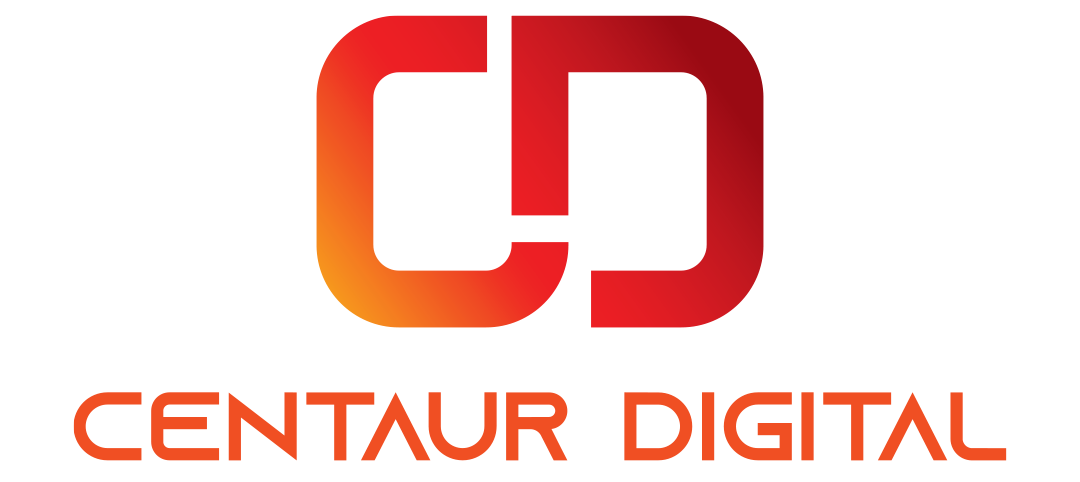There have been a few times in my consulting and accounting career that I have had to explain very basic financial topics to seasoned business owners. I have talked to VPs of billion-dollar companies that didn’t understand a balance sheet, and to new business owners that couldn’t understand why they had to pay tax on a million dollars. Both scenarios featured highly successful businesses that lacked only a simple explanation of what their numbers reflected.
Business owners get so busy running their business that sometimes it’s hard to get a bigger picture of what is happening. With the plethora of information available to everyone online it can be hard to distill it down to useful knowledge. It’s easy to get so consumed in the details that we can’t see the forest for the trees. This is especially true in business accounting systems.
There are many useful reports for a business owner to review in order to gauge and better understand the financial health of their business. With cloud-based accounting there are a plethora of reports available. The problem lies with information overload: Which report do you choose and what information is relevant? Here are some quick tips to understand the three main reports, how they relate to each other, and how to quickly apply them to your business.
Income Statement
The income statement is probably the simplest report to understand. It’s the money that your business received from selling products or providing services less the expenses your business incurred to provide those products or services. Remember, the income statement does not include any loan payments or asset purchases. Most often than not, what isn’t included in the income statement is what business owners need to understand more.
Balance Sheet
The balance sheet is the second most familiar report and useful since it shows the balances in all your accounts. Depending on your industry this report might only include your bank account or it might be the backbone of your business if you have many assets. The balance sheet in accounting is almost exclusively reported on an historical cost. This means, for example, that if your business purchased stock 30 years ago for $500, it will still show as a $500 asset and not at its market value today.
Statement of Cash Flow
The statement of cash flow will give you an overview of what cash has been going in and out of your business that didn’t make it to the income statement. For example, if you took out a loan, then you will have a big deposit to your bank account; this is not revenue, however, so it won’t show up on your income statement. The cash flow statement will also show you how much money was distributed to owners or investors as dividends.
Bank Balances: Increases and Decreases
One of the most common issues I see is that business owners can’t explain the changes in their bank balance. Here are a few simple ideas to keep in mind: you use cash (a decrease) to purchase assets, you get cash (an increase) if you take out a loan, and you either receive or spend cash if you receive or distribute money to owners. For businesses that don’t take out loans, the increase in cash has to be at least as large as the net income.
Simplify with KPIs
As busy business owners, you don’t have time to navigate the many financial reports and try to understand what is going on. It’s likely you have a better intuitive feel of your business rather than relying on the accounting system. Bridge the intuitive and the financial by using Key Performance Indicators or KPIs. Your intuition might be good, but it’s better if it’s backed up by numbers.
There are many articles online that will explain the income statement, balance sheet, and statement of cash flow and how to compile them. These articles are great but most are too technical and don’t relate enough to the reality of what the numbers represent. Keep these simple concepts in mind as you decipher your financial statements. Relating the numbers back to the reality of your small business will give you a much greater understanding of your overall business without the headache and number crunching.
This article originally appeared on Entrepreneur
